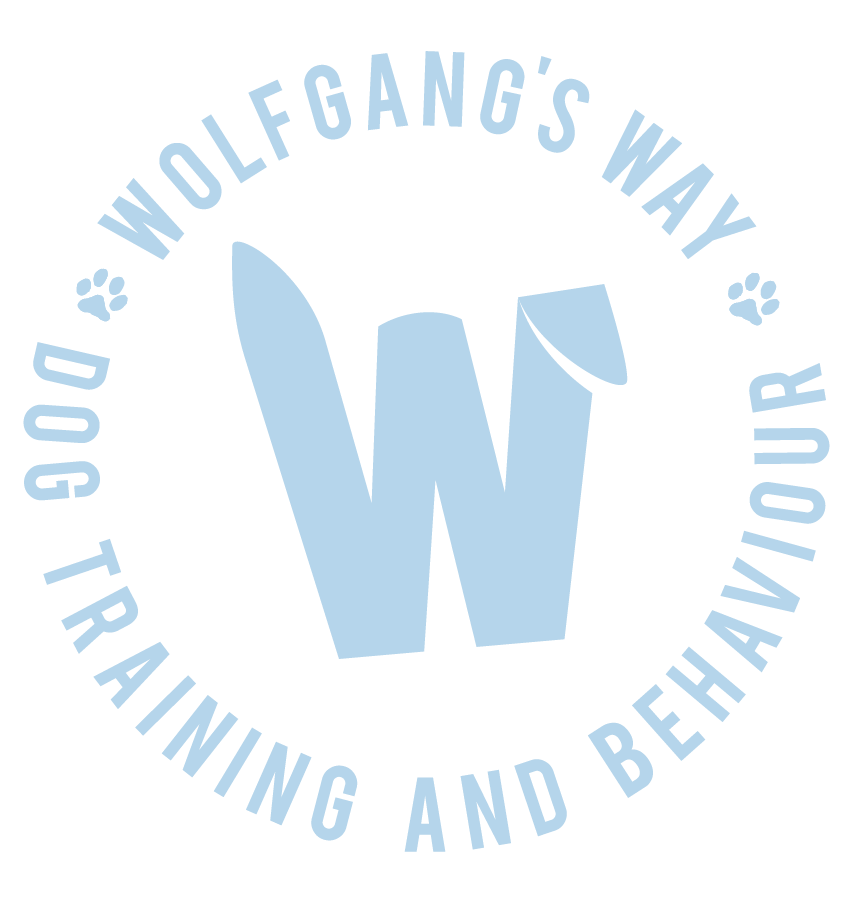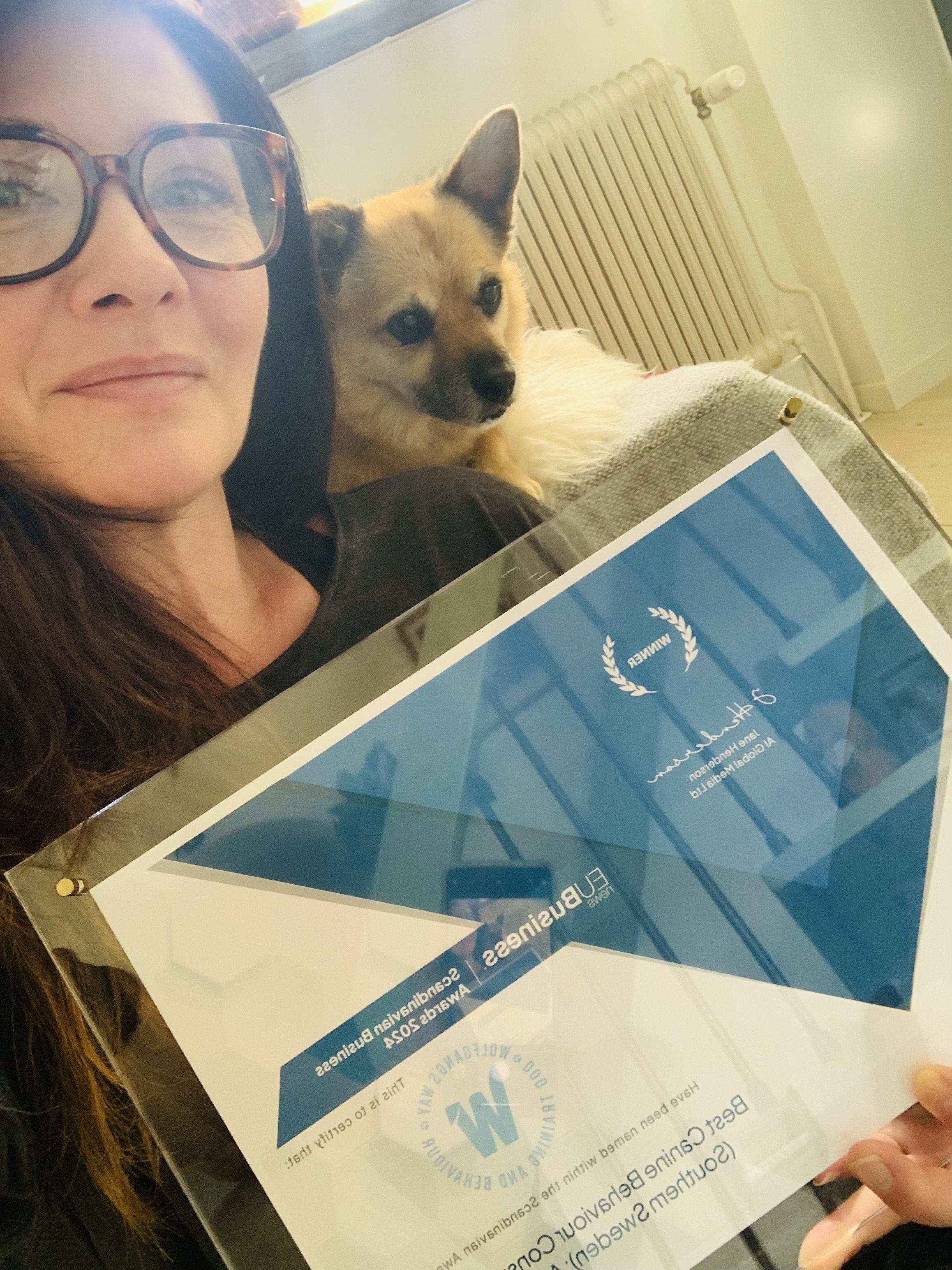Wolfgang and I are so very excited to announce that we’ve won the Award for ‘Leading Specialist in Canine Separation Anxiety Behaviour & Dog Trainer of the Year - Sweden’ in the 2025 Scandinavian Business Awards (run by EU Business News Magazine).
In its sixth year, the Scandinavian Business Awards continue to be a vital and inspirational source of information of a collection of award-worthy contributors to various industries across the region and we couldn’t be more thrilled to have been included.
Awards Coordinator Melissa Bramall: “Working with my fellow team members, it has been a pleasure to not only recognise a fine selection of businesses and individuals but also to reward them with their titles. They are truly altering their spheres and being part of their journey of success is a delight. Congratulations again.”
Thank you to all my clients who took the time to provide testimonials and review my services, which was a huge decision factor for the judging panel.
THANK YOUUUUUUUUU
And now we are off to celebrate with a bacon and sausage cake for the little furry Missus. After all, Wolfgang’s Way Dog Training wouldn’t exist without her!







